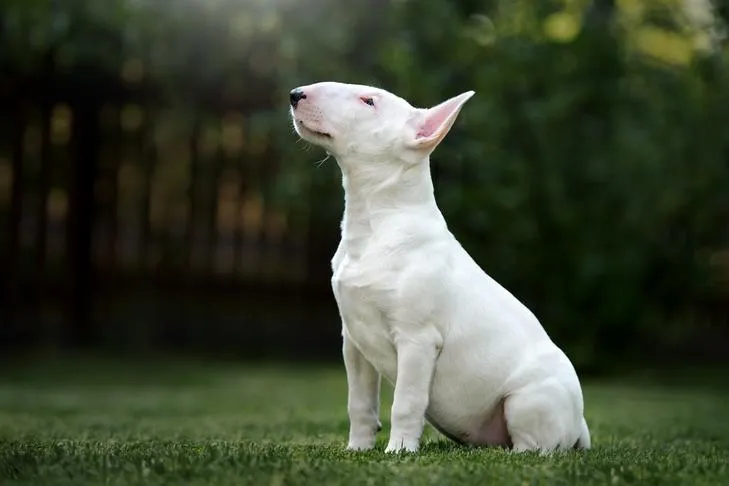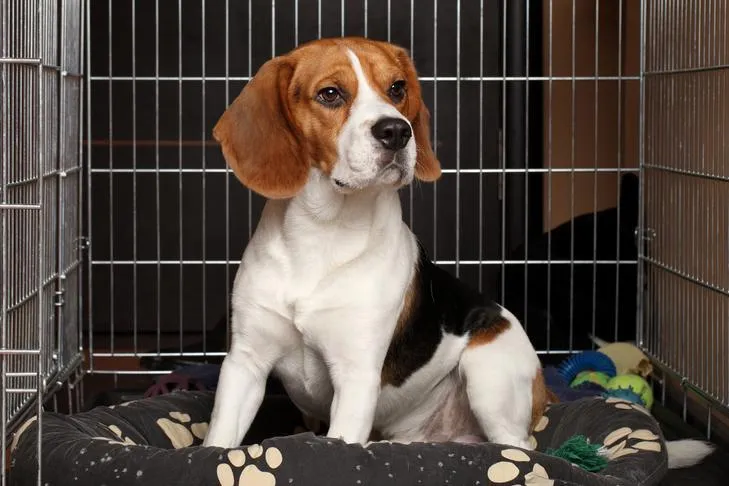Jumping up on people is a deeply ingrained canine behavior, a natural way for dogs to greet and seek attention. From their perspective, it’s an effective method to say hello face-to-face and is almost guaranteed to get a reaction. However, for humans, this exuberant greeting can be inconvenient, messy, and potentially dangerous, especially for children or elderly individuals who could be knocked over. Fortunately, with consistent effort, it’s entirely possible to curb this behavior and teach your dog a more appropriate way to interact with guests and strangers alike. One common challenge many dog owners face is how to get dog from jumping on you and others. This guide will help you understand why dogs jump and provide actionable steps to train them to greet politely.
Understanding Why Dogs Jump During Greetings
Dogs are creatures of habit, and they repeat behaviors that consistently earn them rewards. When a dog jumps up, even a “negative” reaction like pushing them away, yelling, or grabbing their paws can inadvertently serve as attention, which many dogs perceive as a reward. For some, being pushed away might even be interpreted as part of an exciting wrestling game. This reinforcement loop means that to successfully eliminate jumping from your dog’s greeting repertoire, you must remove the associated rewards and actively manage their environment to prevent them from practicing the unwanted behavior. Instead, you need to teach them an alternative, more suitable way to greet people.
Training Alternative Greeting Behaviors
Simply ignoring your dog when they jump might theoretically lead to the behavior stopping over time as it’s no longer rewarded. However, relying solely on this can be frustrating for your dog and impractical, as not every person your dog encounters will understand or follow this rule. A more effective approach is to proactively teach your dog what to do instead of just what not to do. For instance, teaching your dog to “sit” for greetings is a much clearer and more manageable rule than “don’t jump.”
How to Train ‘Four on the Floor’
The “four on the floor” method teaches your dog to keep all paws grounded when greeting people. This technique involves redirecting your dog’s attention to the floor with treats before they have a chance to jump, thereby rewarding the desired behavior.
- Preparation: Put your dog on a leash. Have a helper approach your dog slowly.
- Anticipate and Reward: Before your helper reaches your dog and before your dog can even think about jumping, toss several high-value treats directly onto the floor.
- Positive Association: While your dog is busy eating the treats off the floor, have your helper calmly pet and greet them.
- Disengage: Before your dog finishes eating, have your helper back away again. This prevents overstimulation and maintains control.
- Increase Duration: After several repetitions, begin to extend the greeting time, continuously tossing treats onto the floor throughout the entire interaction.
- Fade the Treats: Once your dog consistently keeps all four feet on the ground, allow them to greet your helper for a brief moment before placing the first treat. Gradually reduce the number of treats you offer until the polite greeting itself becomes the primary reward.
The key to this method is your speed in delivering treats. You must anticipate your dog’s jumping impulse and provide the reward before they leave the ground. If you’re too late and your dog jumps, immediately have your helper turn and walk away, and stop feeding treats. Your dog will quickly learn that keeping all paws on the floor leads to positive attention and treats, while jumping yields nothing.
 Small dog jumping up on a person's leg in a park setting.
Small dog jumping up on a person's leg in a park setting.
How to Train ‘Sit’ for Greetings
Teaching your dog to sit for greetings is another excellent alternative behavior. This method reinforces the idea that attention and affection are given when their hindquarters are on the floor, and withdrawn if they stand up.
- Tether Your Dog: Securely tether your dog’s leash to a stationary object like a doorknob or heavy furniture.
- Initial Approach: From a few feet away, ask your dog to “sit.” If they comply, calmly approach them. If they stand up, immediately turn and walk back to your starting point and repeat the “sit” command.
- Reward the Sit: If they remain sitting, approach and quietly praise and pet them. Continue greeting them as long as they stay seated. The moment they stand up, turn and walk away without a word.
- Increase Excitement: As your dog understands they must sit to receive your greeting, gradually make your approaches more energetic and exciting to proof the behavior against distractions.
- Generalize with Others: Once your dog masters sitting for greetings with you, repeat step one with friends and family members, ensuring consistency.
Remember, the more your dog practices sitting in various contexts, the easier this exercise will become. Teaching them to sit before receiving their dinner, going outside, or getting a toy will make “sit” a reliable “please” behavior, significantly simplifying the process of training them to sit for greetings. Many owners find it beneficial to teach puppies basic commands like sit early on to help prevent pulling on the leash, which often goes hand-in-hand with excited greetings. For young dogs, understanding how to stop puppies from pulling on leash can be a valuable complement to greeting training.
 Bull Terrier puppy sitting in the yard looking up.
Bull Terrier puppy sitting in the yard looking up.
Preventing Jumping During Training
While actively training your dog for appropriate greetings, it’s crucial to manage their environment to prevent opportunities for them to practice jumping. Every instance of jumping, even if ignored or met with a “negative” reaction, can reinforce the behavior.
Here are some effective management strategies:
- “Go to Your Place” Cue: If your dog knows a strong “go to your place” command, you can send them to their mat or crate whenever the doorbell rings or visitors arrive. This keeps them safely out of the way until they are calm and ready to greet appropriately.
- Physical Barriers: Utilize a dog gate at your entranceway to create a barrier between your dog and incoming visitors. This prevents direct interaction until you are ready to manage it.
- Leash Control: Keeping your dog on a leash when guests arrive provides immediate control, allowing you to guide them into a sit or “four on the floor” position, or to gently step back if they attempt to jump. This also applies when teaching your puppy to walk with a leash calmly, which can reduce excitement and jumping during outdoor greetings. Knowing how to teach your puppy to walk with a leash is a fundamental step towards good public manners.
- Redirection Tools: Keep a stash of high-value toys or treats near your front door. You can toss a treat or toy away from the doorway as your visitor enters, occupying your dog and redirecting their focus. Your guest can also use these rewards to reinforce appropriate greeting behavior.
 Beagle sitting calmly in an open crate, looking out.
Beagle sitting calmly in an open crate, looking out.
Preventing jumping while walking your dog in public can be particularly challenging, as you cannot expect strangers to know or follow your specific training rules. Until your dog consistently demonstrates appropriate greetings with friends and family, it’s best to avoid having them greet strangers. Instead, use a “watch me” cue or squeak a toy to get your dog’s attention and let the stranger pass by without interaction.
When your dog is ready to greet people on the street, be proactive and communicate your procedure to approaching individuals. Politely ask them to ignore your dog if your dog doesn’t follow the rules. This consistency, whether at your front door or on the sidewalk, will help your dog understand how to say hello politely. For dogs that also tend to pull on the leash out of excitement, incorporating training to manage this can further improve overall manners. Exploring resources on how to keep your dog from pulling or finding the best way to stop your dog pulling on the lead can enhance their greeting etiquette.
Conclusion
Training A Dog Not To Jump Up On Visitors requires patience, consistency, and a clear understanding of canine behavior. By recognizing that jumping is often a learned, attention-seeking behavior, you can implement strategies to replace it with more polite alternatives like “four on the floor” or sitting. Consistent management of your dog’s environment during the training phase is crucial to prevent them from practicing the unwanted behavior. Remember to communicate clearly with guests and strangers about your training goals. With dedication, your dog will learn appropriate greeting manners, making interactions with visitors a joyful and safe experience for everyone.
